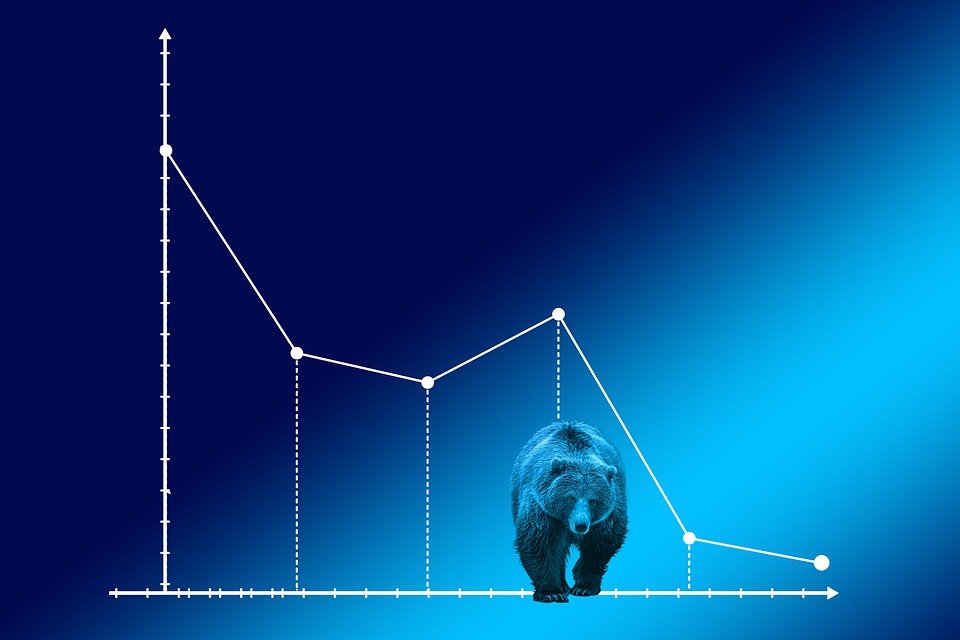Swissquote: The Big Bear has fallen

By Ipek Ozkardeskaya, Senior Analyst, Swissquote
I see no need for a long introduction, so I’ll dive right in: Michael Burry is done with this.
In a short letter yesterday, he announced that he’s liquidating funds and returning capital as his “estimation of value in securities is not now, and has not been for some time, in sync with the markets.”
In short, he’s been thinking that the market is overvalued for quite some time. He’s been short the booming companies like Nvidia and Palantir. And he’s got his reasons. But he’s — apparently — growing increasingly desperate about the time it will take for the market to go back to its senses.
Senses meaning valuations that point to PE, PS, P - whatever ratios - that make more sense to him and to many. The S&P 500 companies, for example, trade at an average PE ratio of about 23 today, well above the historical average of around 18.
A big bear has just fallen — just given in to the aggressive AI bulls and their insatiable appetite for tech stocks, or just anything that would rally fast and high enough to keep the show going.
Funny enough, the Nasdaq didn’t rally yesterday. On the contrary, it was down 2%, with Nvidia dropping more than 3.5%. I hope the Big Bubble Burst doesn’t start the day after Burry buries his positions. That would be ungrateful.
But zooming out, short positions against the S&P 500 increase along with its price. Institutional traders are clearly breathing down the necks of retail bulls — and have been for some time. The CFTC data suggests that leveraged net positions have been fairly negative since the summer of 2022.
So the game is clear: if retail traders can hold on to their positions long enough to push the bears away, the bears will get washed out and the market rally could continue. That’s probably what Burry thought when he made his decision to just get the hell out of here. Maybe the market will really crash and there will be a Big Short 2. Who knows.
What likely triggered yesterday’s selloff was the growing realization that a full set of jobs and inflation data won’t land before the Federal Reserve’s (Fed) December meeting. And if that’s the case — and if the Fed retains even a minimum degree of independence and reason — it wouldn’t cut rates blindly.
In this context, Atlanta Fed President Raphael Bostic said on Wednesday that “price stability remains the more pressing risk as signals from the labour market don’t indicate a cyclical downturn clearly enough to merit significant policy loosening while inflation remains well above target.”
Well, HAPPILY, he will retire next February. But then, other Fed members echoed the same inflation worries, increasing discomfort among Fed doves, and risk takers. The US 2-year yield — which captures Fed expectations — rose to 3.60% yesterday as stocks fell.
And if yields keep pushing higher, the stock selloff could accelerate. But if that selloff deepens, the Fed could be more tempted to cut rates. So Keep Calm and Carry On. The system remains well anchored to keep propping up asset prices — whatever the fundamentals. No one wants to be the Fed Chair who triggered another financial crisis, or caused a bubble to pop.
Right now, optimism around the end of the US government shutdown is giving way to panic — panic and chaotic market moves. The US dollar’s selloff, for instance, accelerated yesterday despite hawkish Fed expectations and rebounding yields.
Maybe it’s the yen? The USDJPY hit the 155 mark and retreated for the second session in a row. That 155 level now seems to be the new pain threshold — the point that triggers official unease, as Japan’s Finance Minister clearly doesn’t feel comfortable with the yen’s rapid depreciation.
And sorry to say this, Ms. Katamaya, but if yen bears persist, they’ll likely win this game. Spending FX reserves to stop a currency slide while your Prime Minister is pushing for looser monetary policy is a losing battle. The only way to reverse that depreciation trend while pushing against rate hikes would be through very strong growth — and that’s not on the menu this Christmas.
Japanese GDP grew just 0.5% last quarter, after 0.1% in each of the two preceding ones. So I wouldn’t say FX interventions are useless in the short run — they do wipe out bearish positions temporarily and let the currency breathe. But in the medium run, it’s like fighting the waves with your fist. The USDJPY is far more likely to test 160 than fall back below 150.
So, if we summarise: the dollar is unloved, the yen is unappetising. I won’t even start on sterling… Cable rebounded yesterday only thanks to the dollar’s selloff. But sterling is a no-go before the Autumn Budget, and the pair already gave back most of the gains before I had time to call a top.
Underneath, Rachel Reeves wishes she’ll have billions of pounds of extra room in her budget, helped by lower inflation and lower interest rates. But the data tells another story: an economy barely growing, battered by tax rises and inflation.
Not helping either — Land Rover’s production halt after a cyberattack weighed heavily on the latest industrial numbers. And it’s hard to see how the UK could generate growth under the current circumstances.
Shout out if you see anything promising there. But come November 26, Rachel Reeves will either upset investors or taxpayers.
Either taxpayers take the hit and the economy is left to a slow death — and the Bank of England (BoE) cuts rates. Or investors get upset, we get another gilt crisis — and the BoE still cuts rates.
Either way, a 25bp cut from the BoE in December looks increasingly likely. And downhill seems to be sterling’s year-end path.
